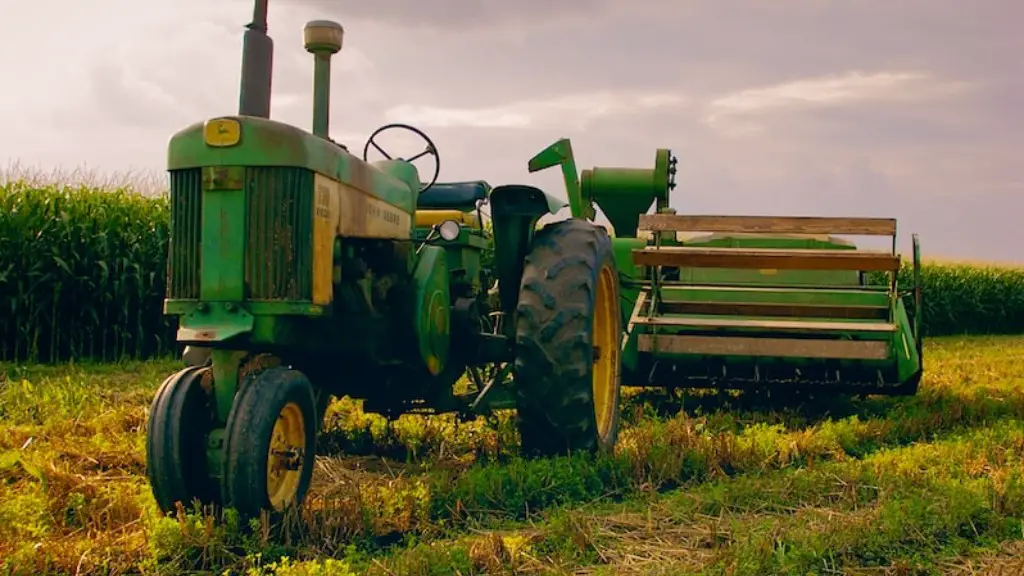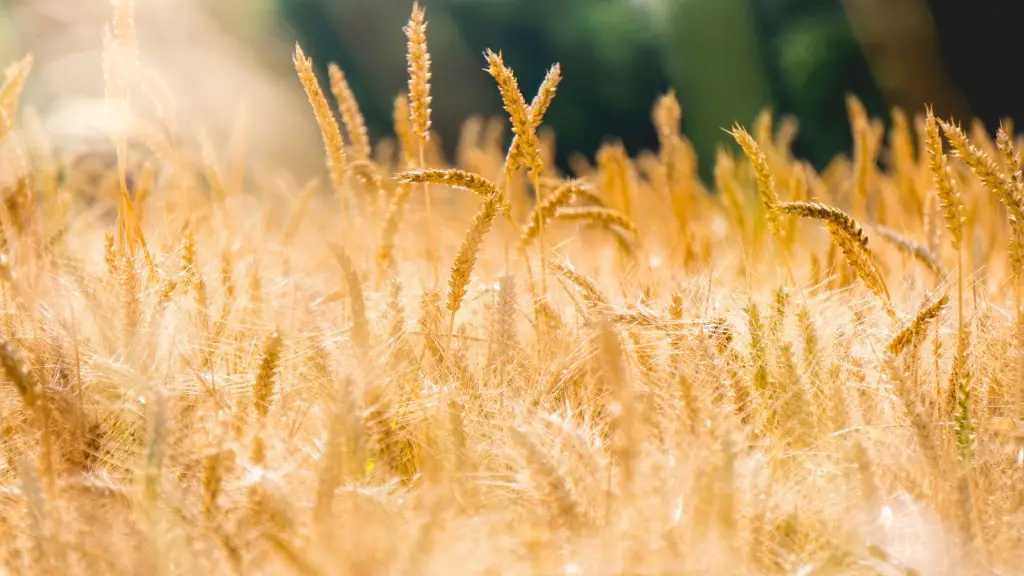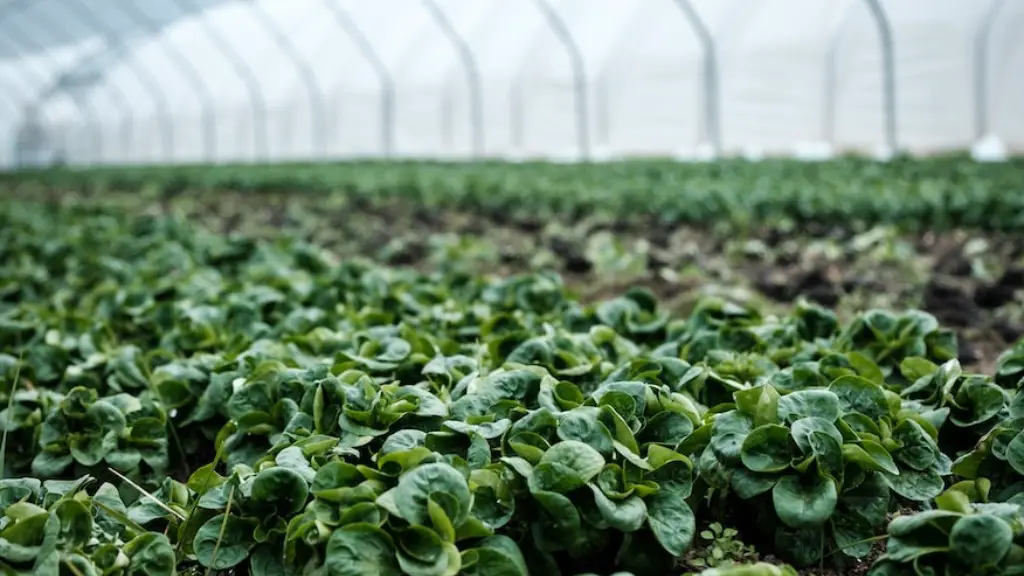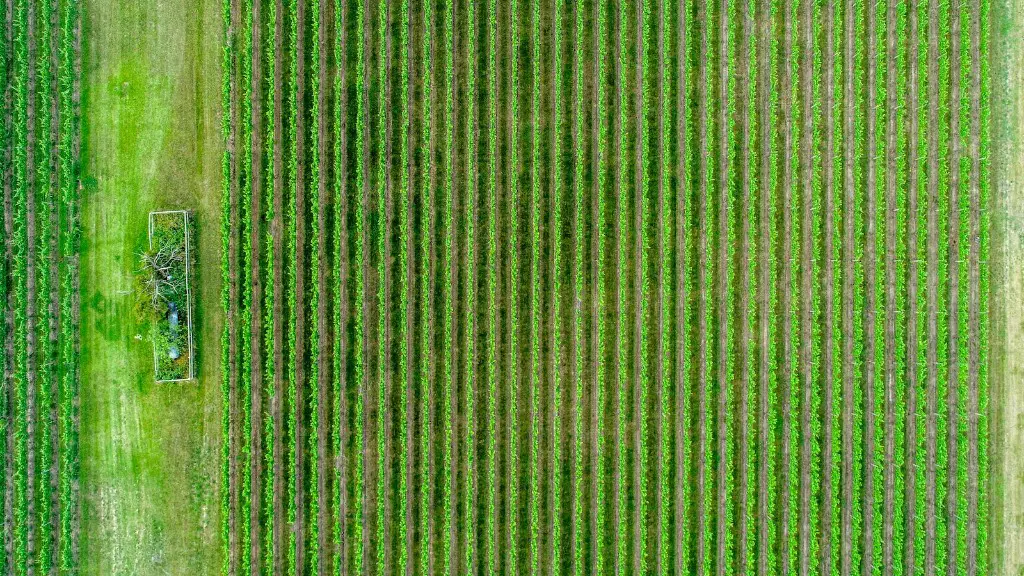Agriculture has changed drastically over time, from the early days of hunting and gathering to the modern days of genetically modified crops and country-wide distribution chains. The change in agriculture has largely been driven by advances in technology, which have allowed for more productive and efficient farming methods. In recent years, there has been a growing trend of small-scale, organic farming as more people become interested in where their food comes from and how it was produced. While the methods and techniques of agriculture have changed over time, the basic goal remains the same: to provide food for people to eat.
The Agricultural Revolution was a period of significant Agricultural change that took place between the 18th and early 19th centuries. It began in Britain and spread throughout the world. The Agricultural Revolution saw a dramatic increase in Agricultural production and efficiency. New farming techniques and technologies were developed, and crops and livestock were improved. This led to a more reliable and abundant food supply, which in turn led to population growth and increased prosperity.
How has agriculture changed in the last 100 years?
There has been a shift in farming over the years from smaller farms with a variety of crops to larger farms with fewer crops. This is due to a variety of factors, including the increased efficiency of large farms and the decreased demand for certain crops. While this shift has had some positive effects, it has also had a negative impact on the number of farmers.
Since 1900, agriculture in the developed nations has seen large rises in productivity as human labor has been replaced by mechanization. This has been assisted by synthetic fertilizers, pesticides, and selective breeding. While agriculture in the developing world has not seen the same level of productivity growth, it has still seen some increases thanks to these same factors.
How has agriculture changed since 1900
The decline in the number of farms since 1900 is due to a number of factors, including the mechanization of agriculture, the consolidation of farmland, and the development of more efficient farming methods. The average farm size has increased due to these same factors, as well as the increased demand for food.
Agriculture has played a key role in human history, enabling people to grow all the food they need in one place. This has led to massive population growth, creating cities and trade. Agriculture has also helped to shape human culture, with many customs and traditions revolving around food production.
What are the major changes in agriculture?
The major changes in agriculture during the Song dynasty were the shifts from wooden to iron ploughshares and from wheat to rice cultivation. This led to an increase in the production of rice.
With increasing pressure from climate change, soil erosion, and biodiversity loss, farmers are faced with the challenge of producing food that meets the changing tastes of consumers while also being concerned about the impact their operations have on the natural world. To address these challenges, farmers must adopt practices that help to protect and restore the natural resources they depend on.
How has agriculture changed over the last 30 years?
Crop demand is constantly changing, which in turn affects the supplies of certain crops. For example, corn yields have increased by 50 percent over the last 30 years, while wheat acreage has declined by a third. Meanwhile, soybean and corn area planted has increased. These big changes in crop demand have been accompanied by big changes in supplies. In 1992, Americans consumed about the same amount of chicken as beef. Consequently, the big changes in crop demand have had a major impact on the agricultural industry.
Contemporary agriculture relies heavily on technology to improve efficiency and production. This technology includes GPS mapping capabilities, laser-guided equipment, and new types of seed that are resistant to pests and disease. Traditional agriculture lags behind in these advances, and as a result, producivity suffers. In order to compete in the modern world, traditional agriculture must adapt and adopt new technologies.
How has technology changed agriculture today
Today’s agriculture is becoming increasingly reliant on sophisticated technologies such as robots, temperature and moisture sensors, aerial images, and GPS technology. These advanced tools and precision agricultural and robotic systems are allowing businesses to be more profitable, efficient, and environmentally friendly while also improving safety.
The agricultural industry is constantly evolving in order to improve sustainability and yield. One of the key concepts that drives this evolution is evolutionary history. By understanding the origin, geographic range, and genetic diversity of various species, we can better select those that are more likely to thrive in the long-term. This leads to more efficient and effective agriculture, which ultimately benefits both producers and consumers.
What are 3 advancements in agriculture?
Precision agriculture is allowing farmers to be more efficient with their inputs by targeting specific areas of their field that need attention. This kind of site-specific management is made possible with GPS mapping and yield data analysis.
Industrial automation is decreasing the need for agricultural workers in some cases. For example, there are now automated milking machines for dairy cows and egg-laying machines for chickens.
Automated irrigation systems are another example of how technology can save farmers time and money. These systems can sense when crops need water and then deliver the right amount of water to them, without the need for a farmer to be constantly monitoring and adjusting the system.
Remote monitoring of crops using sensors is another way that farmers can save time and money. Sensors can monitor things like soil moisture levels, water pH, and crop yields. This information can be accessed by farmers from anywhere, so they can make informed decisions about their crops without having to be in the field.
Genetically modified crops are another example of how technology is changing agriculture. These crops have been modified to be resistant to herbicides or pests, or to have increased yields.
Merging datasets is another way that technology is changing agriculture. By bringing together data from different sources, such
The way America farmed changed with the advancement of science and technology. The farms became mechanized and new pesticides, weed killers, and chemical fertilizers increased crop yields. Thus, fewer but much larger farms became more efficient in production.
How did agriculture change the economy
In 2021, the agricultural sector is expected to contribute a significant amount to the economy and create millions of jobs. The Feeding the Economy report highlights the importance of the sector and its potential to generate substantial economic activity and employment. The report also underscores the need for policies that support the sector and enable it to flourish.
As the global population continues to rise, there is an increasing demand for food. At the same time, there is a shortage of farm labor, as more people are moving to urban areas. To meet this demand, farms are turning to automation.
There are a variety of technologies that are being used by farms, including harvest automation, autonomous tractors, seeding and weeding, and drones. These technologies are helping to increase efficiency and productivity, while reducing labor costs.
Farm automation is a growing industry, and it is expected that more farms will adopt these technologies in the future.
What are the two changes in agriculture?
Around this time, agriculture underwent two big changes. The first is that increased usage of iron ploughshares resulted in higher grain yields. An iron ploughshare may turn over heavy, clayey soil better than a wooden ploughshare. The second reason is that people started farming paddy. Paddy is a crop that is grown in water-logged areas and requires less labor than other crops. Consequently, the increased use of paddy led to increased food production and surplus.
Agricultural change is a process that farmers use to improve their farming practices. This can involve changing the way that they farm, the products that they use, or the methods that they use to farm. Farmers may change their practices in order to be more efficient, to save money, or to improve the quality of their products. Agricultural change can be a slow process, as farmers must first research the changes that they want to make, and then experiment with them on their own farms.
Conclusion
The Agricultural Revolution was a period of rapid agricultural development that occurred during the 18th and early 19th centuries. It began in Britain and spread throughout Europe and the Americas. The Agricultural Revolution saw a massive increase in the production of food, which led to a population boom and the rise of cities. It also resulted in the development of new technologies and the rise of the agricultural industry.
The answer may vary depending on the geographical location. However, in general, agriculture has changed immensely over time. This is due to a variety of factors such as advances in technology, changes in the global economy, and the shifting of societal values. In the past, agriculture was often a more labor-intensive endeavor, with farmers working long hours in the hot sun to bring in the harvest. Today, however, many farmers use machines to help with the planting and harvesting, and they have chemicals to assist with controlling pests and weeds. This has resulted in a significant decrease in the amount of labor required to produce crops, and has allowed farmers to produce larger quantities of food.





